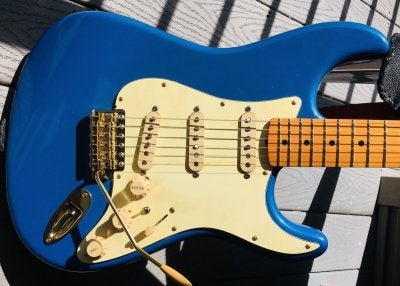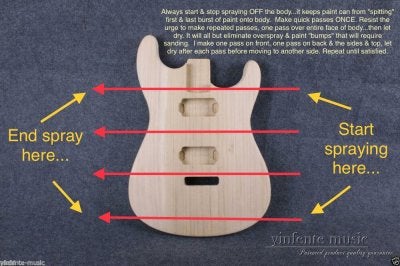a few years ago a shop near here had a black custom shop telecaster that i was crazy about. but the price was somewhere above $4000 and there was no way for me to justify that much money.
so i have had it in mind ever since to build one as much like that one as i can get. i want to try to paint the body myself. i did finish a strat body in tru-oil a few years ago, but have never tried to paint one.
i just want to know if i can just spray paint a body with rattle cans and get by. what's the right number of coats? what color should the primer be?
so i have had it in mind ever since to build one as much like that one as i can get. i want to try to paint the body myself. i did finish a strat body in tru-oil a few years ago, but have never tried to paint one.
i just want to know if i can just spray paint a body with rattle cans and get by. what's the right number of coats? what color should the primer be?


